Ground shipping is currently paused. Local deliveries throughout Long Island will continue as usual. Pre-orders for fall are now open. Non-local orders will begin shipping again in early September. Click here to learn more.
Please be aware that all shipping will be suspended on December 22 and will resume January 5. Dismiss
Skip to contentGround shipping is currently paused. Local deliveries throughout Long Island will continue as usual. Pre-orders for fall are now open. Non-local orders will begin shipping again in early September. Click here to learn more.
| Size | 4" Pot (Quart), Flat of 50, Nursery Pot (1-Gallon Trade Size) |
|---|---|
| Common Name | |
| Type | |
| Family | |
| Native? | |
| Zone | 3, 4, 5, 6, 7, 8, 9 |
| Height Range (ft.) | 3.00 to 4.00 |
| Spread (ft.) | 3.00 to 4.00 |
| Bloom Time | |
| Sun | |
| Water | |
| Maintenance | |
| Suggested Use | |
| Tolerate | Clay Soil, Drought, Dry Soil, Erosion, Rabbits, Shallow-Rocky Soil |
| Growth Rate | |
| Attracts |
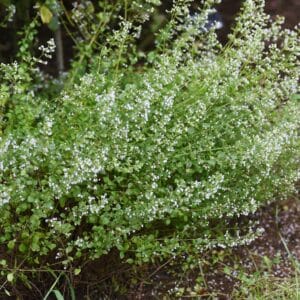
Native perennial with deep blue spring flower spikes. Long-lived, drought tolerant once established, and excellent for pollinator and native gardens.
$12.99 – $108.99Price range: $12.99 through $108.99
Please note: Sizes 1.5 Gallon and up can’t be shipped outside the counties of Nassau, Suffolk, and Queens.
Learn more about how the process works and how our plants are delivered.
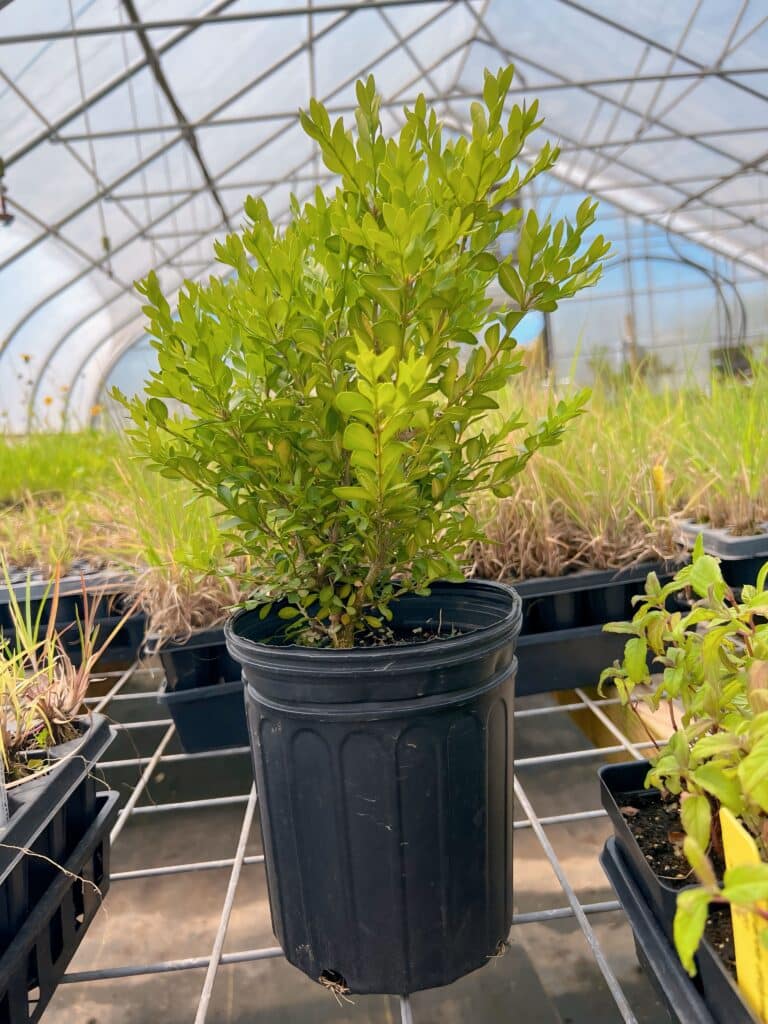
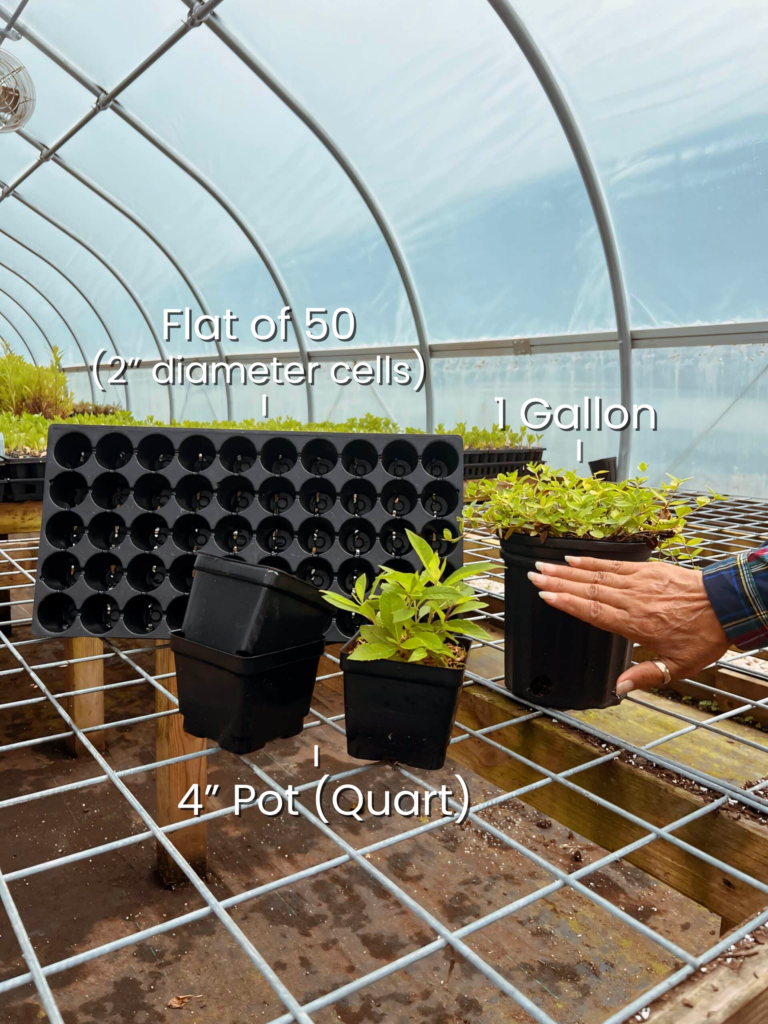
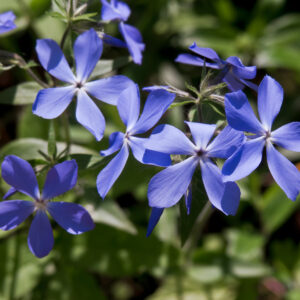
Ground shipping is paused due to summer heat. Only local delivery (Long Island & Queens) is available. Orders placed during the pause will begin processing September 1, and ground shipping will resume September 15.
| Size | 4" Pot (Quart), Flat of 50, Nursery Pot (1-Gallon Trade Size) |
|---|---|
| Common Name | |
| Type | |
| Family | |
| Native? | |
| Zone | 3, 4, 5, 6, 7, 8, 9 |
| Height Range (ft.) | 3.00 to 4.00 |
| Spread (ft.) | 3.00 to 4.00 |
| Bloom Time | |
| Sun | |
| Water | |
| Maintenance | |
| Suggested Use | |
| Tolerate | Clay Soil, Drought, Dry Soil, Erosion, Rabbits, Shallow-Rocky Soil |
| Growth Rate | |
| Attracts |
Baptisia australis, commonly known as Blue Wild Indigo, is a native perennial found throughout much of the eastern and central United States. This long-lived, clump-forming plant typically grows 3 to 4 feet tall and wide and is valued for its upright habit and deep blue, pea-like flowers. Blooming in late spring to early summer, Blue Wild Indigo produces tall flower spikes that rise above blue-green foliage, followed by decorative seed pods that add texture later in the season. It thrives in full sun to part shade and prefers well-drained soils, once established becoming notably drought tolerant.
Native perennial: Naturally occurs across much of eastern and central North America
Blue spring blooms: Produces tall spikes of deep blue flowers
Long-lived plant: Forms a durable, low-maintenance clump
Sun exposure: Full sun to part shade
Soil needs: Prefers well-drained soils; tolerates dry conditions once established
Maintenance: Low—avoid moving once established due to deep root system
Native plantings: Ideal for meadows and prairie-style gardens
Pollinator gardens: Adds spring color and ecological value
Sunny borders: Works well as a structural perennial among grasses and flowers
Ecological benefits
Pollinator-friendly: Flowers attract bees and other beneficial insects
Native value: Supports regional ecosystems and native insects
Wildlife support: Seed pods provide seasonal interest and habitat
Baptisia australis supports pollinators, providing nectar for bees and butterflies during its bloom period. Its deep root system improves soil health, prevents erosion, and makes it a sustainable choice for eco-friendly and drought-tolerant gardens.
Transform your garden with the bold beauty and ecological value of Baptisia australis – Blue Wild Indigo. This resilient native perennial brings vibrant color, texture, and wildlife activity to your outdoor space.
/5
Total reviews
|
|
Persons recommended this product
Anonymous
Shopper
check_circle Verified
Shop owner replied
Was this helpful
Anonymous
Shopper
check_circle Verified
Shop owner replied
Was this helpful
There are no reviews yet.
Be the first to review “ ”
Your feedback helps us improve our service.
Please log in to submit a review.
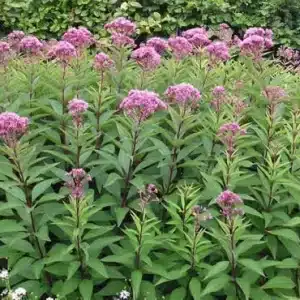
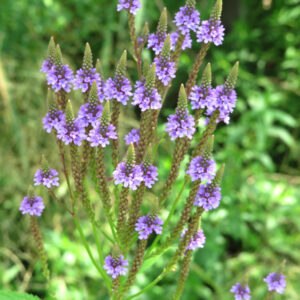
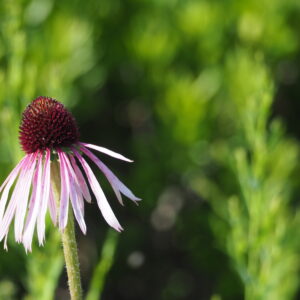
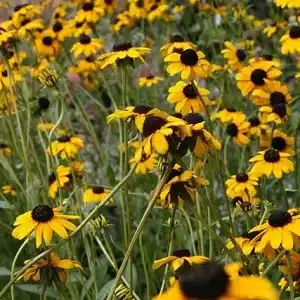
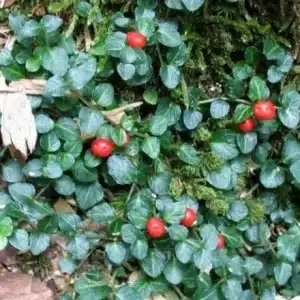
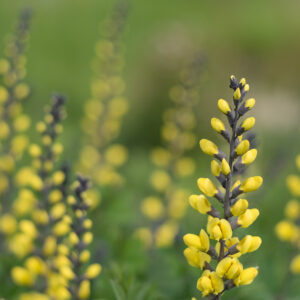
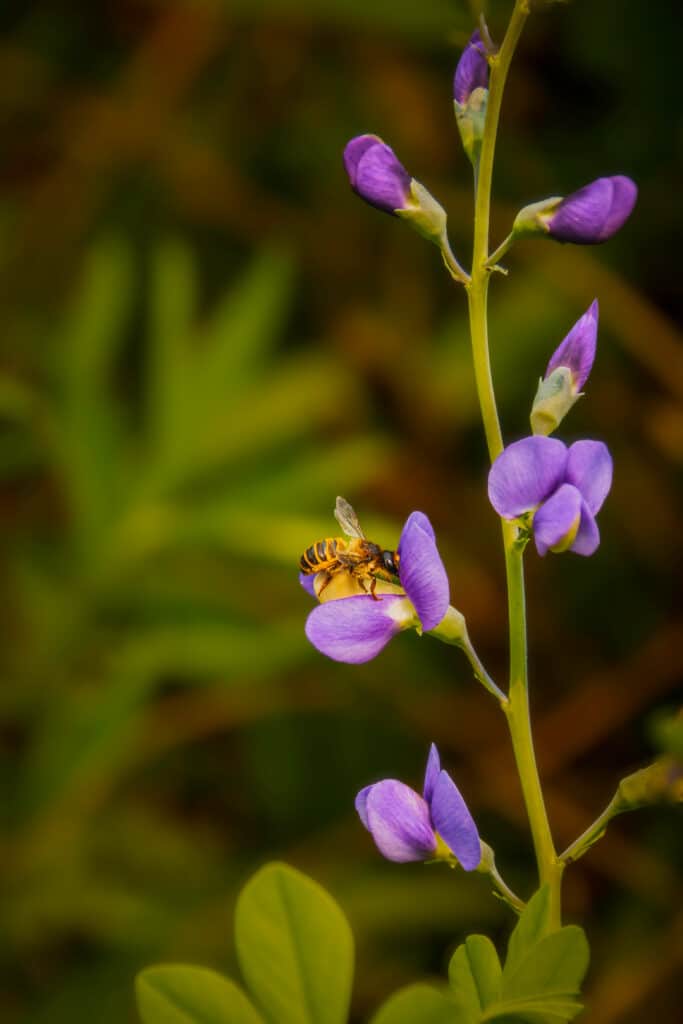
Blue Wild Indigo thrives in full sun but can tolerate light shade. It prefers well-draining soil and is very drought-tolerant once established. It does well in a range of soil types, including poor, rocky soils, making it a hardy, low-maintenance native plant for many landscapes.
At maturity, Blue Wild Indigo typically reaches 3–4 feet tall and 3–4 feet wide. It forms a bushy, upright clump with attractive gray-green foliage and long spires of deep blue to violet pea-like flowers in late spring to early summer.
Blue Wild Indigo typically blooms from late spring into early summer, usually May to June. After flowering, it produces striking, inflated seed pods that turn black in late summer and add ornamental interest to the garden.
Yes, Baptisia australis is deer-resistant. Its tough stems and bitter foliage make it unappealing to deer and rabbits. It’s a reliable option for gardens where browsing pressure is a concern.
Blue Wild Indigo can be slow to establish, sometimes taking 2–3 years to fully mature and reach its best form. However, once established, it’s extremely long-lived, drought-tolerant, and virtually maintenance-free, making it well worth the wait.
Our gift cards make it easy to share the beauty of plants, flowers, and all things green. Whether for a special occasion or just because, give the gift of choice and let them select their favorites to create a garden they’ll cherish.
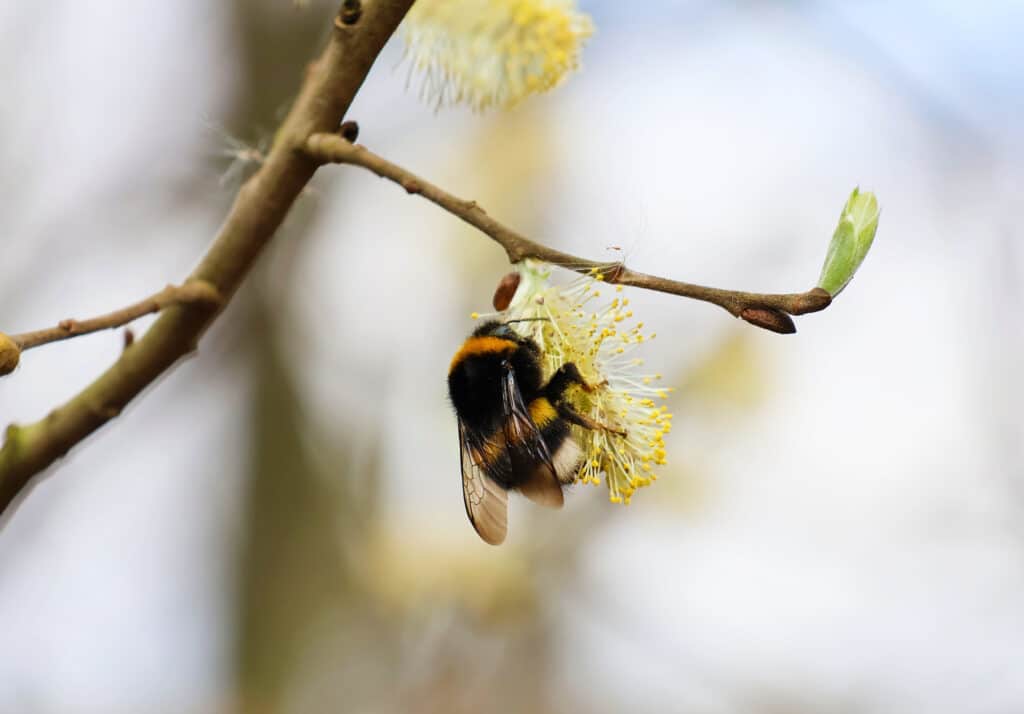
Only Local Delivery Available (Long Island & Queens)
Ground Shipping Paused
To protect our plants from extreme summer heat, we’ve paused nationwide ground shipping to avoid any damage during transit.
Local Delivery Only
We’re still delivering locally to Long Island and Queens, so nearby customers will continue to receive orders as usual.
Fall Pre-Orders Are Open Nationwide!
We will resume normal shipping for non-local orders placed during the pause in early September.
Thank you for your support and understanding—we’re looking forward to growing with you this fall!
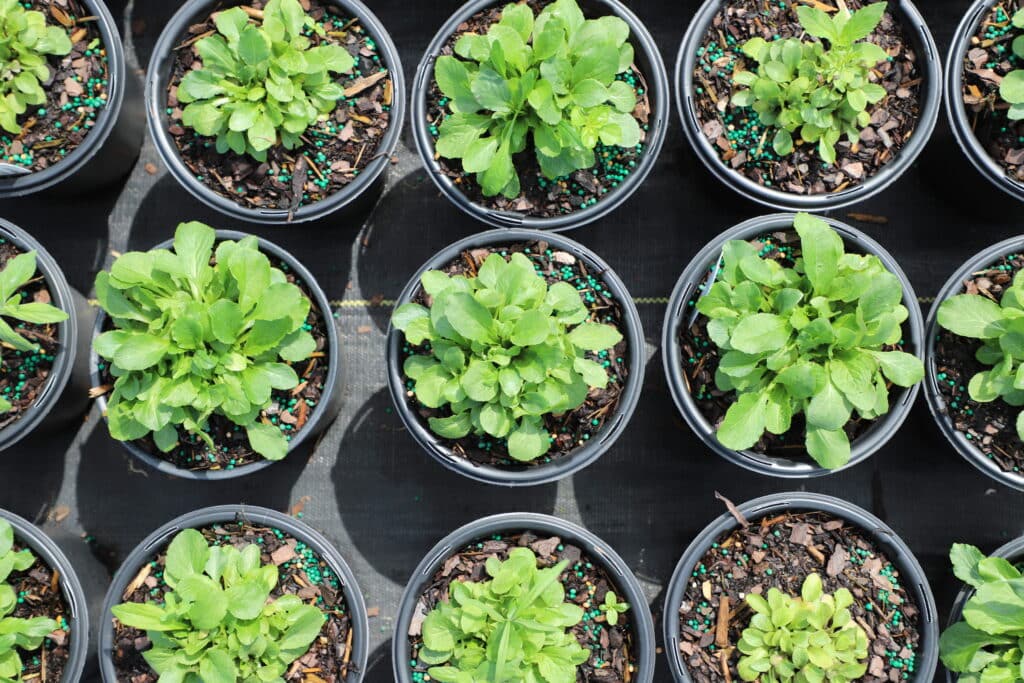
Shipping Paused
Please be aware that all shipping will be paused on December 22.
Any orders placed after that time will be fulfilled when we resume operations in January 2025.